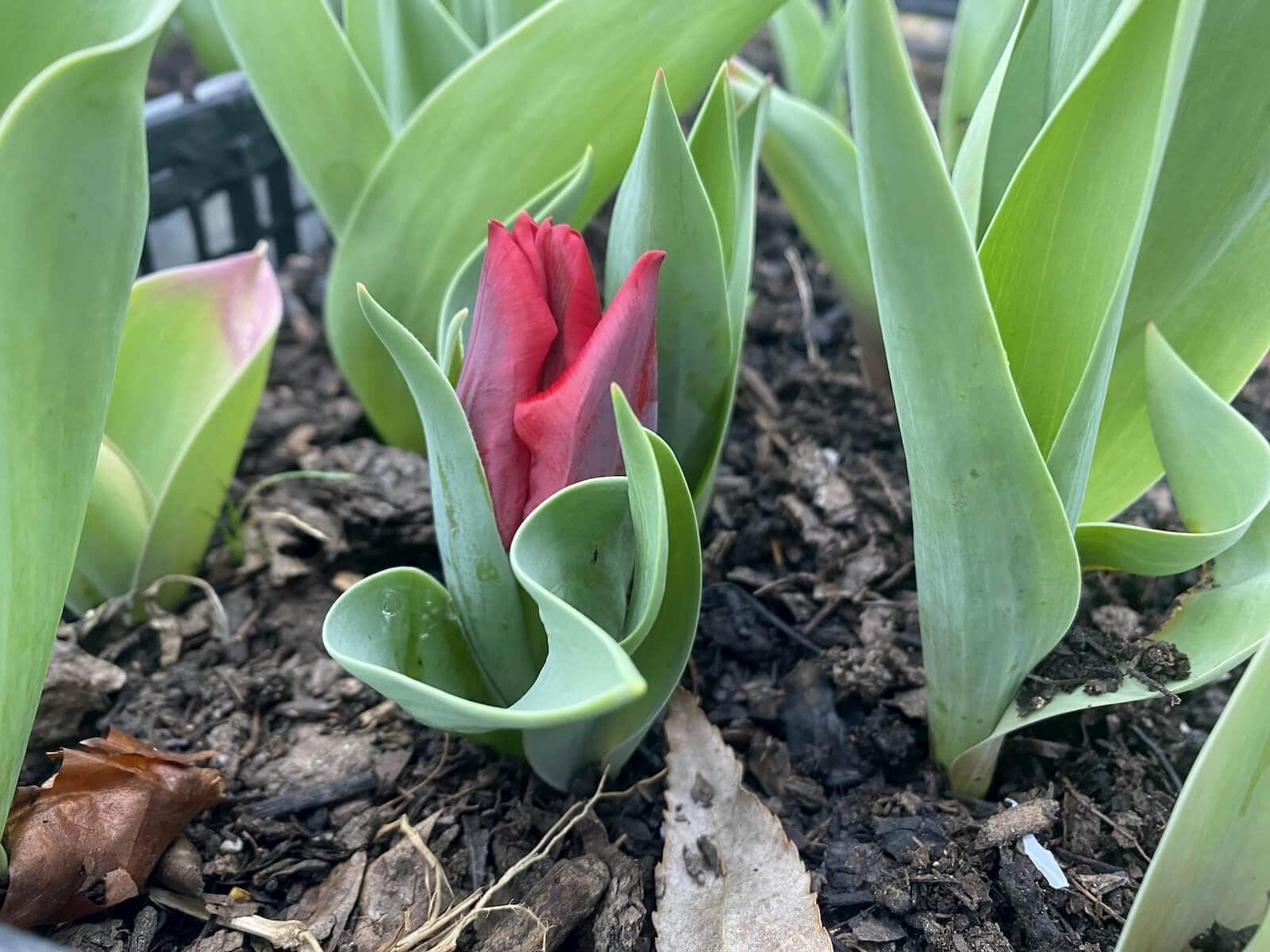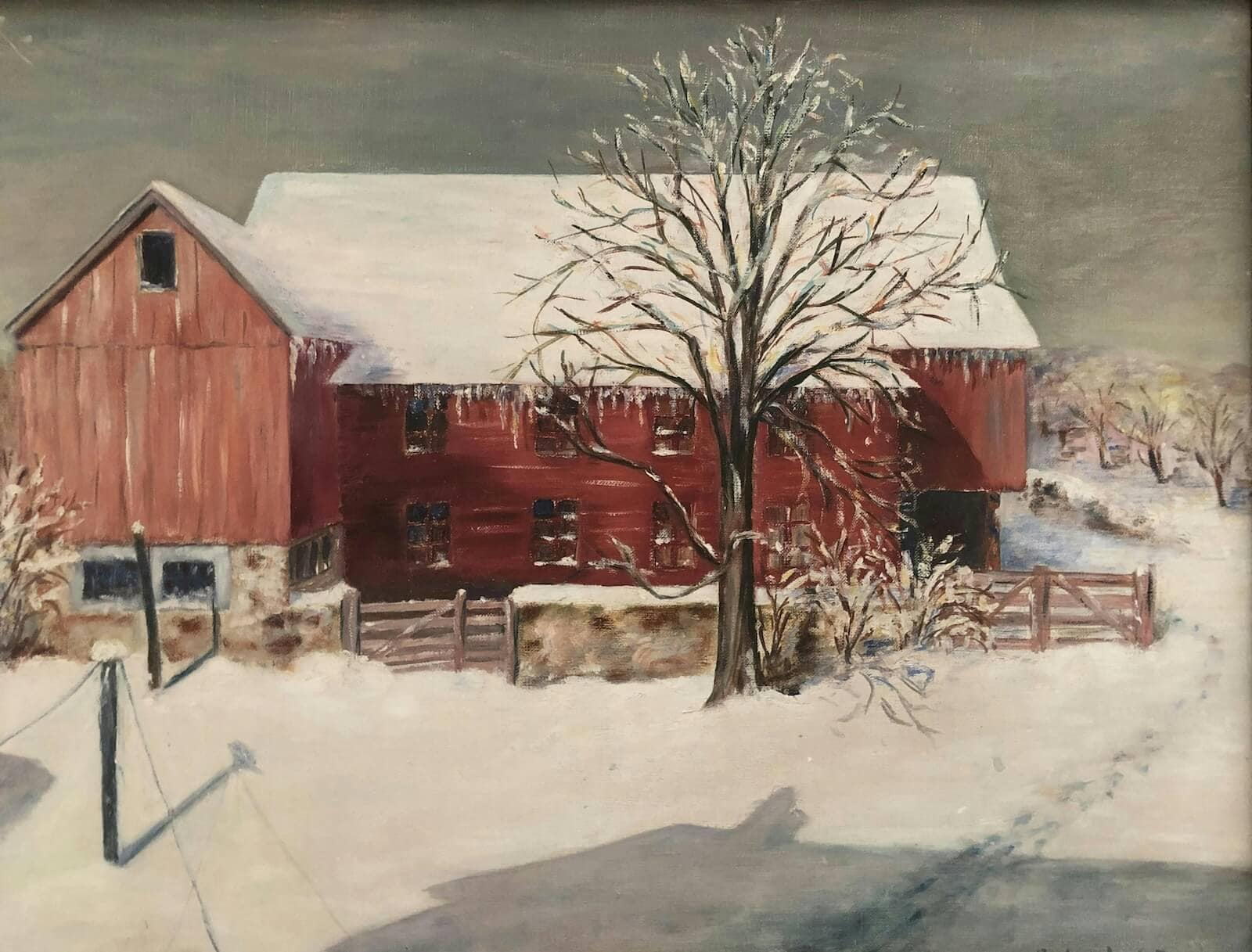This post may contain affiliate links. Probably doesn’t, but it might. It doesn’t cost you anything extra but if you use these links to buy something, we may earn a commission.
This post may contain affiliate links. It doesn’t cost you anything extra but if you use these links to buy something, we may earn a commission.
Do you ever struggle with keeping your plants alive?
You’re not alone. Sometimes we do too.
“Crop failure” is a common thing for farmers. We planted a crop and it didn’t produce. And it happens to farmers enough that we’ve got a routine down pat. See the failure, sigh, figure out why it happened, either fix it or rip the crop out – maybe sigh one more time – and continue with farming. If it’s a weird crop failure, we might throw in a “huh” as well.
Sometimes nothing grows. Sometimes the plant grows, but then withers and dies. And sometimes every piece of fruit/vegetable is rotted. Sometimes it’s planting location, sometimes it’s the weather, sometimes it’s disease. Sometimes we forgot to water. There are a lot of reasons a crop could fail.
The snap dragons were a crop failure this Spring; it looks like we have fungus in the soil there. Good news is it doesn’t affect other flowers. Bad news is we need to take snap dragons out of the plantings for a few years. In the moment, we panicked that we’re not going to have enough cut flowers. And then we made a plan and got on with farming. (In case you were wondering, it’s looking like sunflowers and calendula will replace the snapdragons next year).
The wilted, sad-looking Jalapeno peppers are the current crop failure. In this row. In the other rows – in the same high tunnel – the peppers are happy as clams (well, happier in my opinion because I don’t think clams would enjoy being in the soil in a high tunnel… but I don’t “grow” clams so I could be wrong).
So what happened? We know how to grow peppers. They’re in a tunnel in the summer, so it’s not the weather. The other rows are doing fine so it’s not a disease.
Too much water happened. This side of the high tunnel stays slightly more wet than the other side. Not mud-puddle wet. If you walked across in your bare feet you wouldn’t feel the difference.
But 1-2 feet down – where the peppers have their roots – it is more wet and they feel the difference.
We did know it is more wet on the one side. We’ve been farming this land long enough that we mostly know what water is doing.
We just didn’t think it was too wet for peppers.
We were wrong.
But now we know and peppers won’t get planted on that side of the tunnel again. Simple as that.
Crop failure just is what it is. You learn from it and move on.
Now, we are not always cool, calm, and collected when failures happen. A tunnel collapsing under the weight of snow and hydroponics pipes bursting thanks to a failed heater led to some… emotional… days. The state-wide peach failure from 1933 to 1935 was devastating to farmers and is why Delaware no longer grows as many peaches. We still tell the story of John Webster harvesting 1 Belle of Georgia white peach as his entire peach crop from his 600 trees one year. He split it with his wife, Rachel.
But when we can, we try to take the failures in stride. After all, this row of peppers may have failed, but the tomatoes, eggplant, okra, kiwi berries, raspberries, and Asian pears are all doing well.
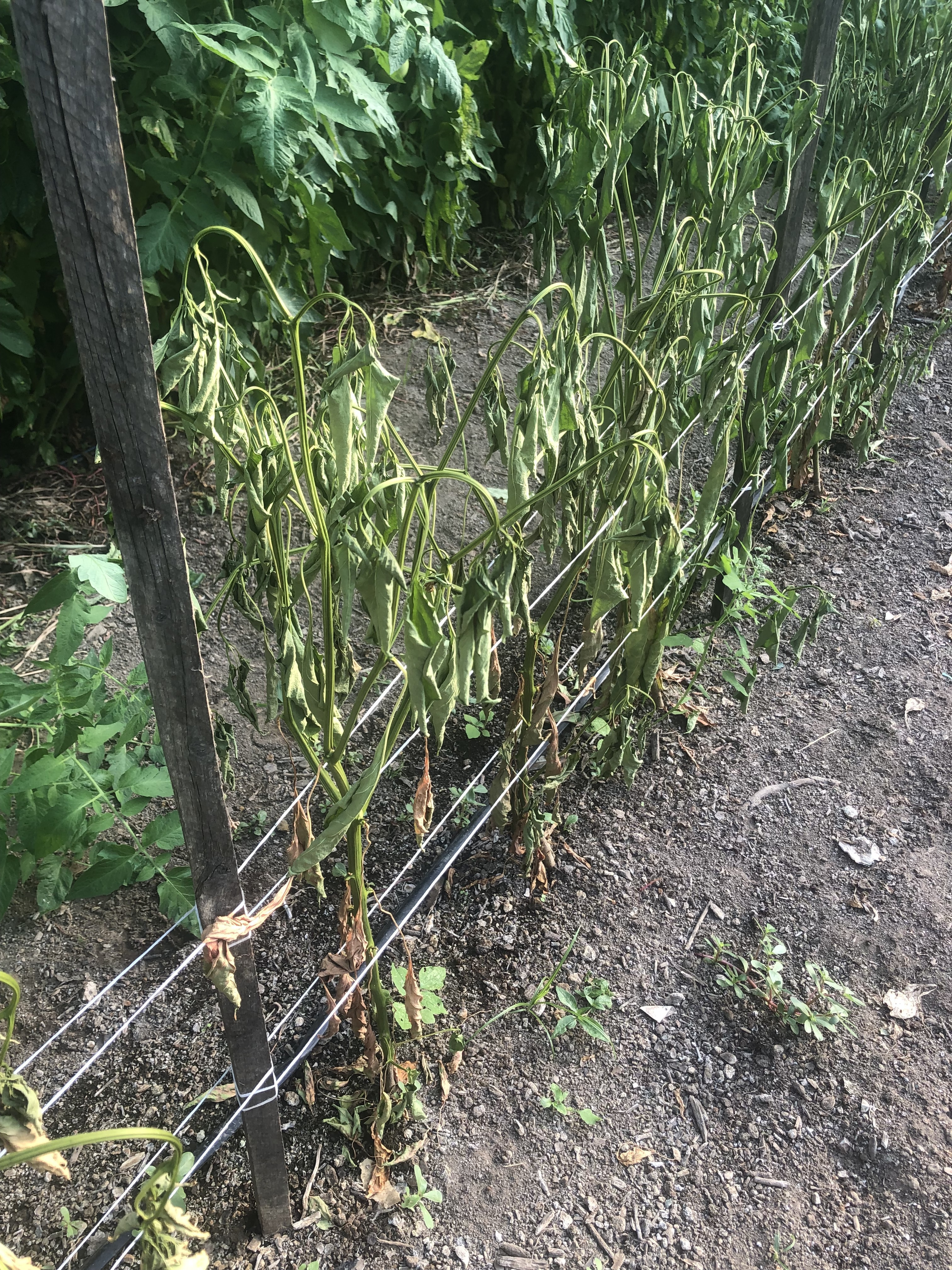


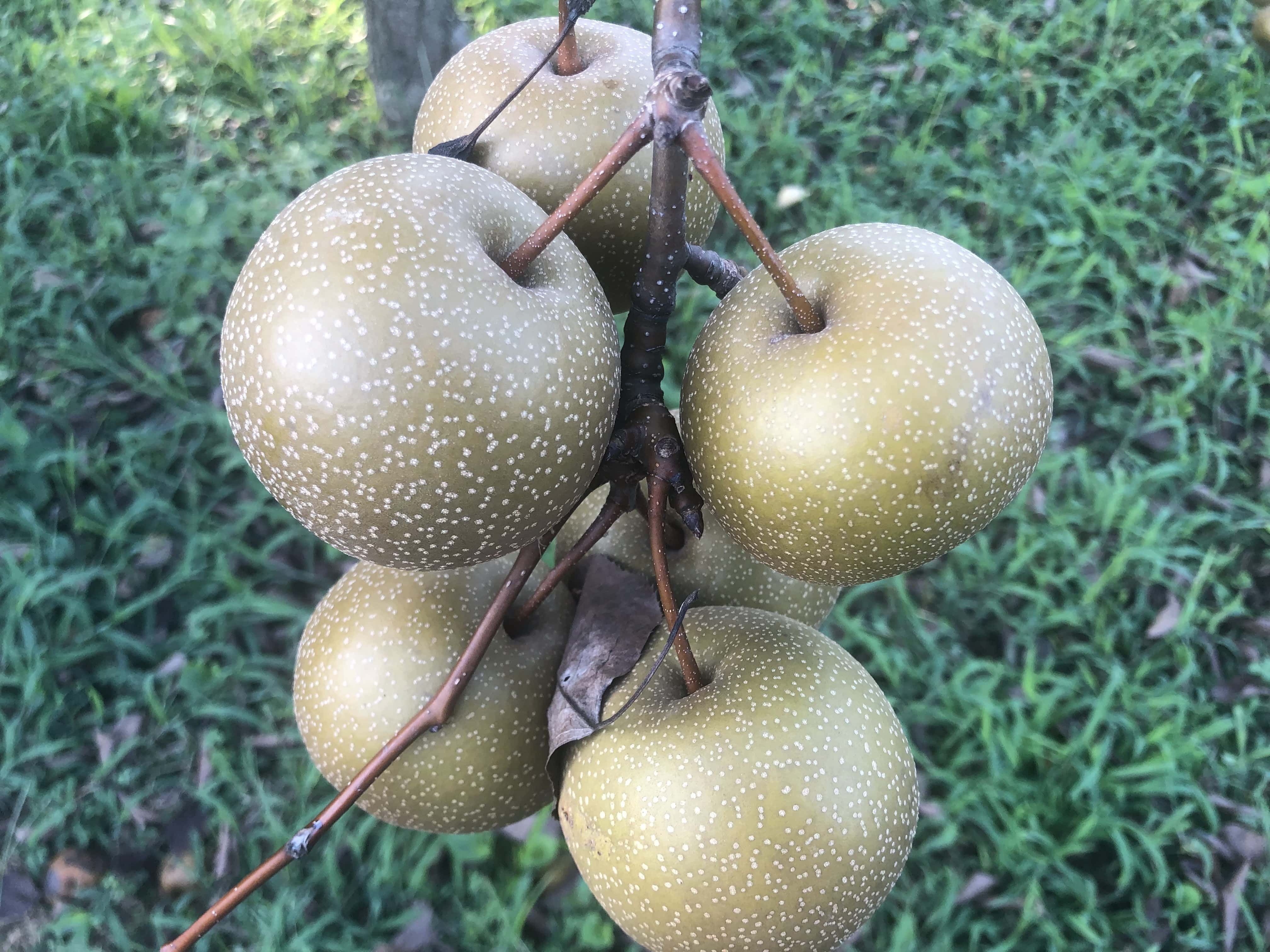
Some seasonal inspiration:
Rosemary Potato Skillet with Bacon and Fresh Corn
Slow Cooker Stuffed Pepper Stew
Lemon Garlic Sautéed Bok Choy
CSA Freezer Marinara Sauce
A great way to enjoy all these veggies in the winter months, and it’s pretty EASY! Scale up/down or adapt as needed. You could include summer squash, more or less of things, etc.
Ingredients:
- ~6 lbs mixed tomatoes
- 4 onions
- 3 carrots
- 2 peppers
- 2 whole heads of garlic (roasted in foil)
- ~60 basil leaves
Directions:
Heat oven to 400 degrees.
Roast all veggies with olive oil, salt and pepper at 400 degrees F for 60-70 minutes. If you’re including summer squash, add it towards the end.
Cool slightly and then puree in food processor in batches, adding lots of basil leaves and squeezing the roasted garlic into each batch.
Salt to taste. Feel free to combine batches.
Freeze in labeled zip lock bags or mason jars. If you don’t have a lot you can use this as a booster to other sauces.
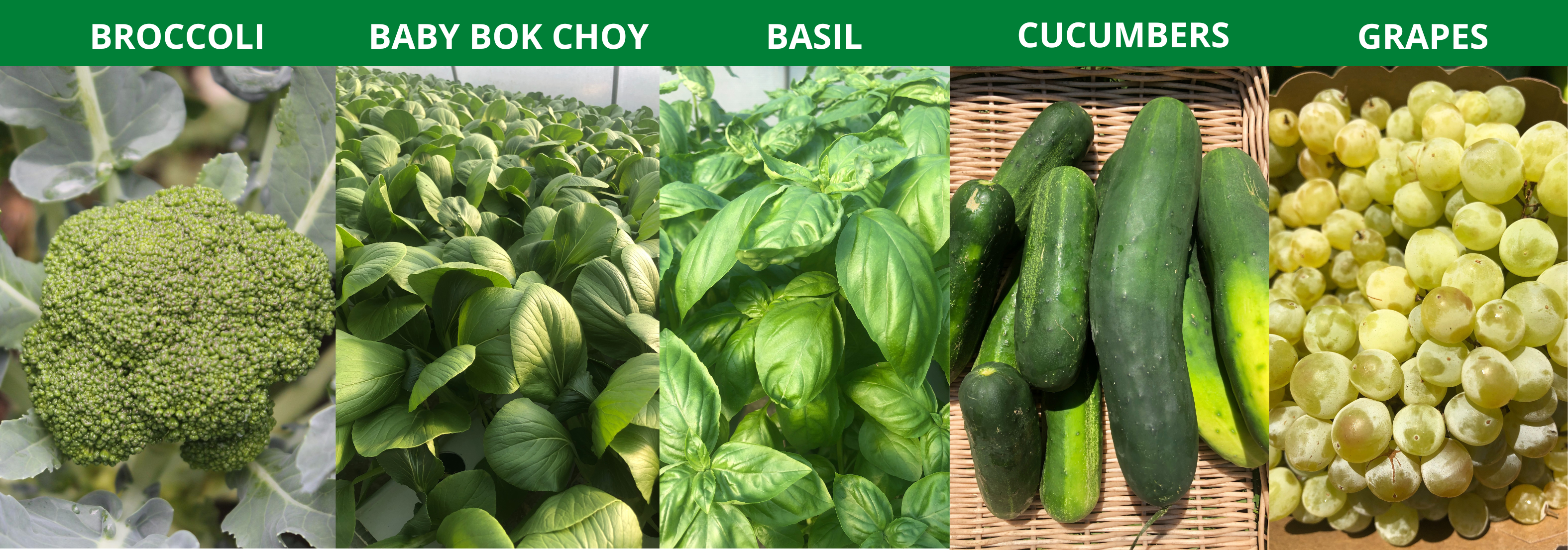
After I put the pictures together I realized it was all green, green, green. Ah well. Guess green is in-season!
Happy eating!
Elizabeth
PS: If your crop failures outnumber your successes, check out our e-courses
This is one of the weekly newsletters that is emailed out every Saturday night (no more, no less). If you liked the information make sure you sign up so you can get my (moderately) snarky writings delivered right to your inbox. You can read it on the website – obviously – but a copy of the newsletter isn’t posted to the website until several weeks later.

